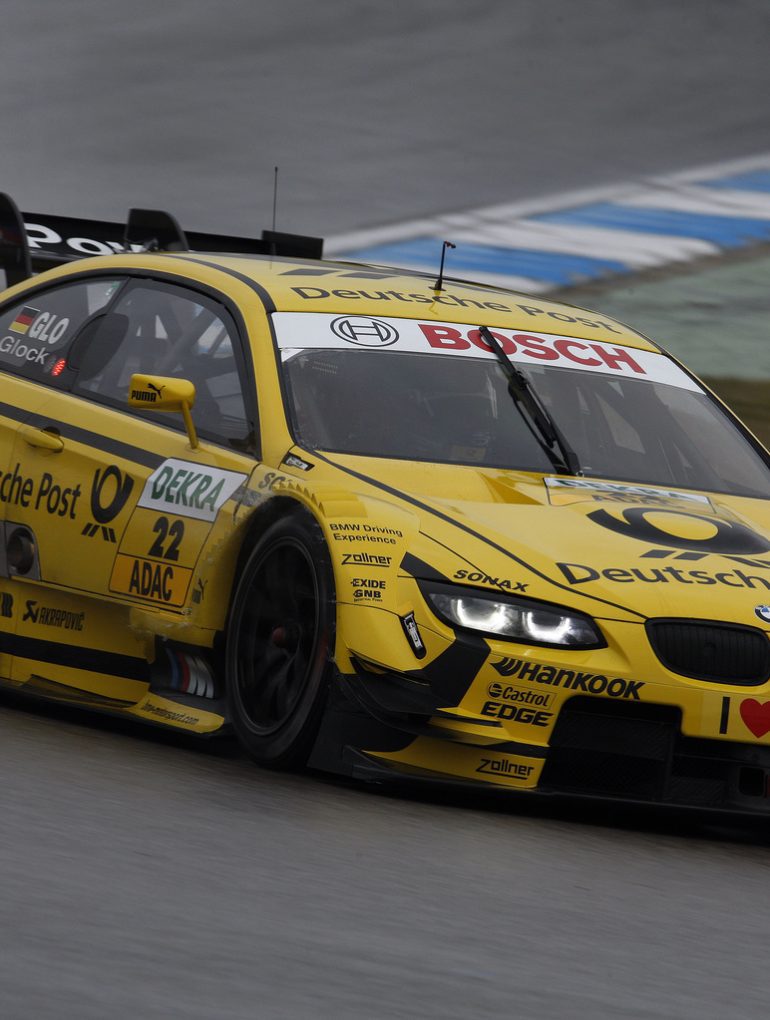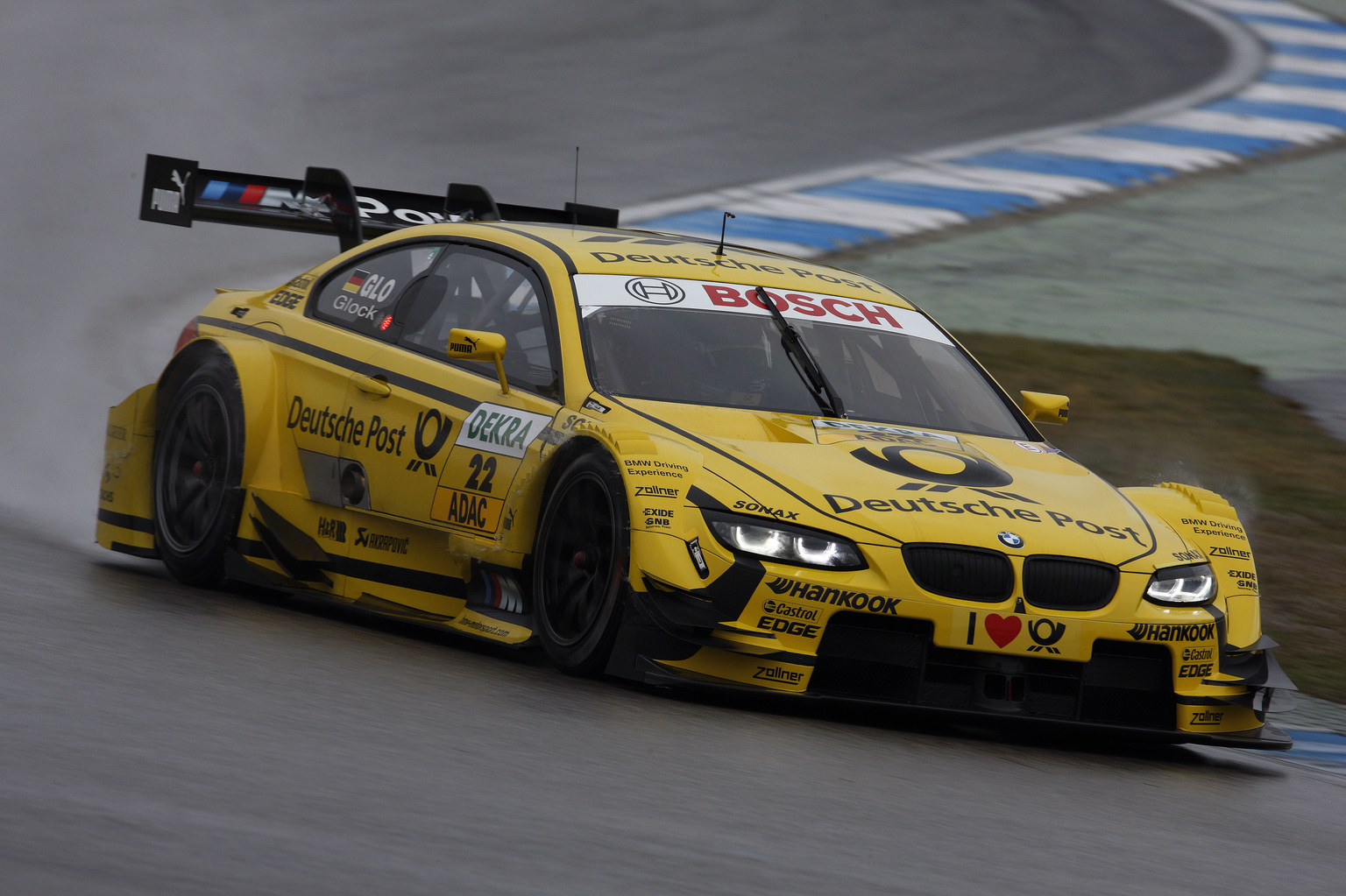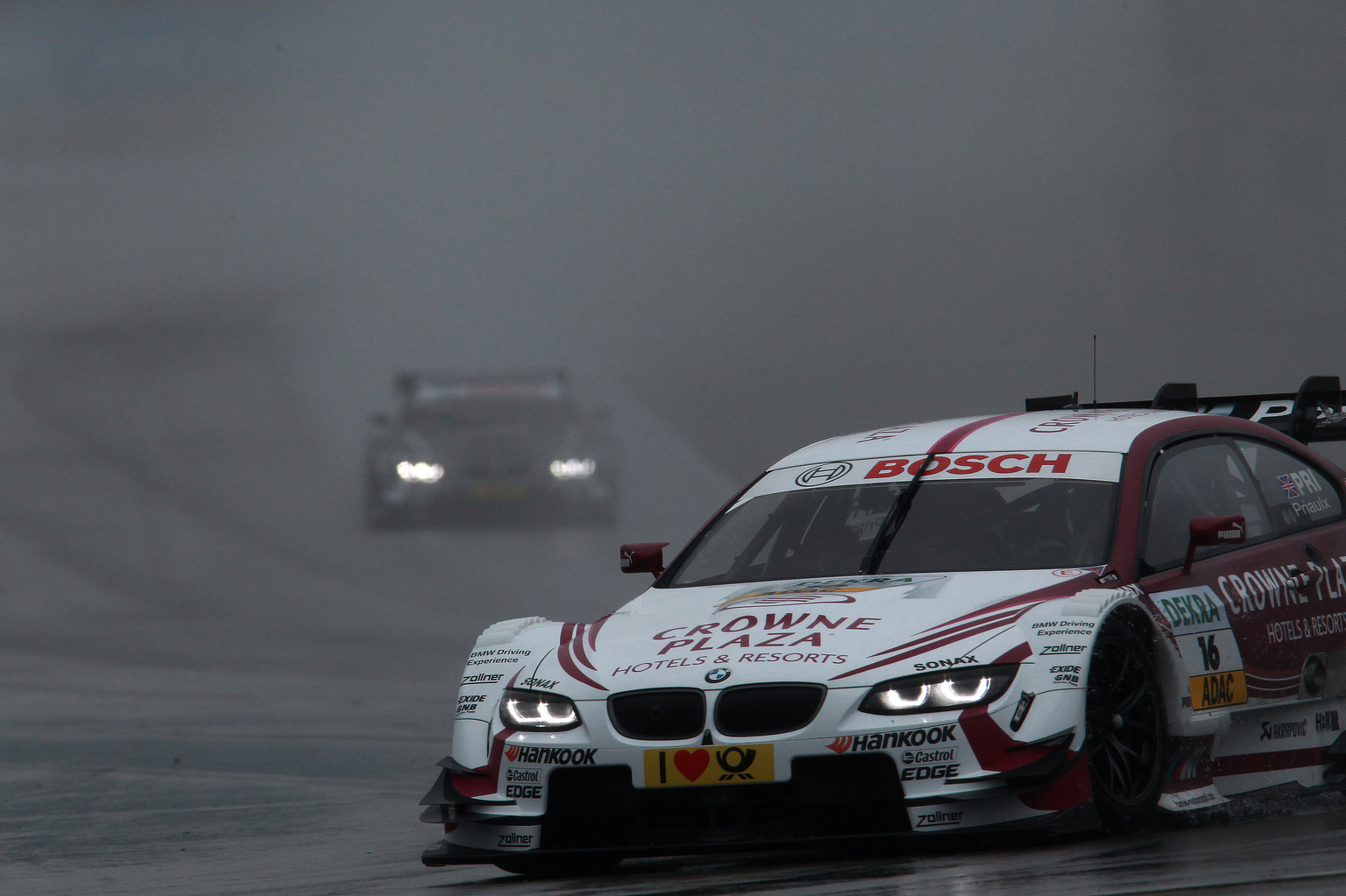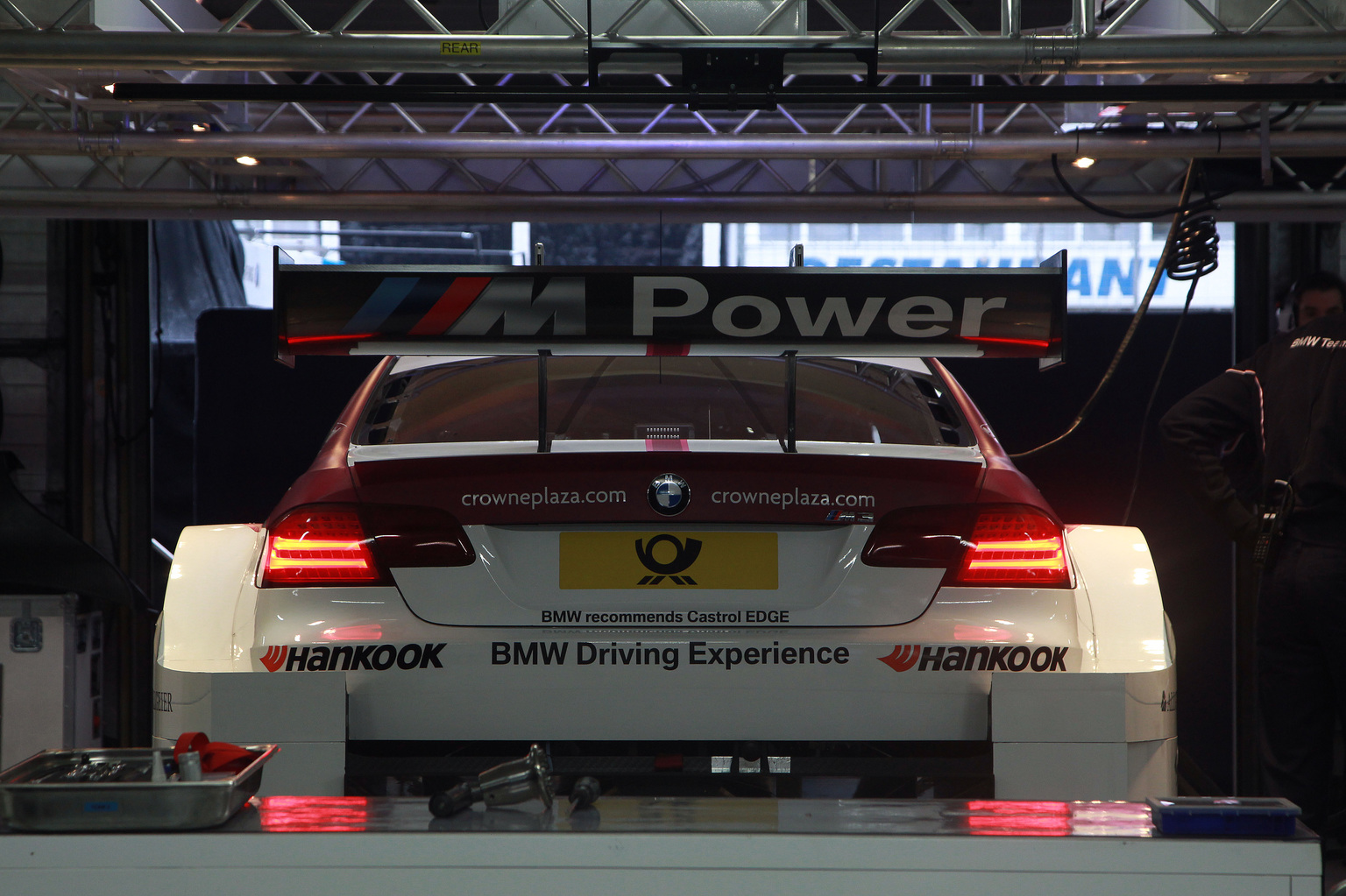2013 BMW M3 DTM
When the concept phase for the BMW M3 DTM began in 2010, the BMW Motorsport engineers were faced with an exciting, but unusual challenge. Not only did they have to start developing the car for BMW’s DTM comeback in order to be ready to face a far more experienced opposition in this series. They also had to work together with the other manufacturers represented in the series to draw up a set of technical regulations to take the DTM into the future. Almost two years later, the results are there for all to see: both goals have been achieved in style. The new DTM rules are aimed at ensuring safety, equal opportunity and cost-effectiveness. At the same time, they also guarantee that the manufacturers can use creative technical solutions to establish performance advantages and that the cars retain their individual characters.
The BMW M3 DTM is the product of months of intense development work at BMW Motorsport, in close collaboration with the colleagues at BMW M GmbH and BMW production development. The engineers drew up thousands of CAD drawings, simulated the sustainability of countless ideas and innovations, and tested the engine and car on the test bed, in the wind tunnel and on the track. The homologation of the BMW M3 DTM by the Deutscher Motor Sport Bund (DMSB) on 1st March 2012 was a milestone, towards which the team had been working systematically.
After this date, the further development of the car is restricted by the rules and regulations. As such, it was all the more important for the BMW Motorsport engineers to use the freedom allowed in the initial development period to best incorporate their knowledge and the technological knowhow of the BMW Group in the design of the car. The BMW P66 engine, for example, is a completely new design. As far as possible, the experts were given free rein with the design and geometry of the chassis. The aerodynamics of the BMW M3 DTM were also the subject of meticulous fine-tuning in the areas specified in the regulations. Every minute advantage is important – and could just tip the scales at the 11 events in the 2012 season.
For this reason, the BMW M3 DTM had to prove itself in the wind tunnel at the BMW Group’s Aerodynamic Test Center (AVZ), the so-called “Aero Lab”. Initially as a 1:2 scaled model, then in 1:1 tests. From the 7-post driving dynamics test rig and latest test and simulation methods in the BMW Research and Innovation Centre (FIZ) to the expertise of the BMW high-tech foundry in Landshut: the exchange of ideas, concepts and methods between BMW Motorsport and the engineers in production development has run in both directions over the past few months.
More than 50 of the more than 4,000 parts the BMW M3 DTM consists of are standard components, which are used in the 2012 generation of the DTM cars. One of these is the carbon-fibre monocoque, which sets new standards when it comes to safety in motor racing. The integrated tank, steel roll cage and additional crash elements provide the driver with effective protection should he be involved in a crash. As of this season, parts like the gearbox, clutch, suspension and rear wing are also identical on all the DTM cars. This ensures that development costs do not become excessive. With 40 victories in the 1980s and 1990s to its name, the BMW M3 has shown what it is capable of in the DTM. The BMW M3 DTM has all the ingredients to thrill fans of BMW M in 2012 and beyond.
2013 BMW M3 DTM Gallery
See full 2013 BMW M3 DTM Gallery here
In Detail
| type | Racing Car |
| built at | Germany |
| engine | P66 90° V8 |
| position | Front, Longitudinal |
| aspiration | Natural |
| valvetrain | 4 Valves per Cyl |
| displacement | 4000 cc / 244.09 in³ |
| power | 357.9 kw / 480 bhp |
| specific output | 120.0 bhp per litre |
| bhp/weight | 436.36 bhp per tonne |
| torque | 500 nm / 368.8 ft lbs |
| body / frame | Carbon Fiber Monocoque |
| driven wheels | RWD |
| wheel type | Forged Aluminum |
| front tires | 300-680-18 Hankook |
| rear tires | 320-710-18 Hankook |
| front brakes | Inner Ventilated Discs w/Aluminum Alloy Calipers |
| rear brakes | Inner Ventilated Discs w/Aluminum Alloy Calipers |
| front wheels | F 45.7 x 30.5 cm / 18 x 12 in |
| rear wheels | R 45.7 x 33.0 cm / 18 x 13 in |
| f suspension | Double Wishbones w/Inboard H&R coil springs |
| r suspension | Double Wishbones w/Inboard H&R coil springs |
| curb weight | 1100 kg / 2426 lbs |
| length | 4775 mm / 188.0 in |
| width | 1950 mm / 76.8 in |
| height | 1200 mm / 47.2 in |
| transmission | 6-Speed Sequential |
| tran clutch | ZF Sachs carbon-fibre |
| fuel capacity | 120 litres or 31.68 gal. |







